26 Unusual Western European Bulb Vegetables to Discover
Western European bulb vegetables offer a fascinating glimpse into culinary diversity and agricultural innovation.
Root structures beneath the soil create fascinating flavor profiles that surprise many food enthusiasts.
Delicate underground treasures grow quietly, transforming simple dishes with remarkable depth and complexity.
Farmers across western European regions have carefully cultivated these remarkable produce varieties for generations.
Nutritional powerhouses with distinctive characteristics make these vegetables essential ingredients in regional cuisines.
Subtle nuances of texture and taste distinguish these remarkable botanical specimens from other vegetable categories.
Culinary traditions intertwine with agricultural practices to showcase these remarkable edible plants.
These 26 unique western European bulb vegetables will revolutionize your kitchen and taste experience:
Western European Bulb Vegetable Types with Character
Onions, leeks, and garlic are just the beginning, Western Europe’s bulb vegetables add layers of flavor to every dish. Explore the types cooks can’t live without.
Cipolla Rossa Di Tropea Calabria
Cipolla Rossa di Tropea Calabria represents a rare sweet onion variety native to Southern Italy's Calabria region, distinguished by its unique crimson color and exceptional sugar content.
Grown along Tropea's Tyrrhenian coastline, these onions thrive in mineral-rich volcanic soils that contribute to their distinctive flavor profile.
Farmers cultivate three primary types: scallion, fresh, and preserved varieties with different ripening stages from early to late season.
Mature Tropea onions range from round to elongated shapes, boasting a remarkable succulence and natural sweetness uncommon in standard onion varieties.
Protected by European Union geographical indication, these prized red onions play a significant role in regional cuisine and agricultural traditions.
Italian chefs value them for raw preparations, salads, and traditional Mediterranean dishes.
Harvested between May and September, Tropea onions emerge as a celebrated agricultural treasure of Calabria's culinary landscape.
Oignon De Roscoff
Oignon de Roscoff are distinctive French onions grown in Finistere's coastal region with exceptional characteristics that set them apart from ordinary varieties.
Recognized for their remarkable longevity, these onions can be stored for months without losing quality or flavor.
Their unique sweet profile creates a melt-in-your-mouth experience that distinguishes them from standard onion varieties.
Cultivated in mineral-rich maritime soil, Oignon de Roscoff develops a fruity aroma and complex taste spectrum ranging from mild sweetness when raw to deeper caramelized notes when cooked.
Boasting high vitamin C content, these onions maintain a juicy crunchiness in their fresh state and transform into tender, intensely sweet vegetables during cooking.
Finistere farmers have carefully cultivated these prized onions for generations, earning them protected geographical status in Europe.
Their reputation is so significant that Roscoff even hosts a dedicated museum celebrating this special agricultural product.
Scalogno Di Romagna
Scalogno di Romagna stands as a prized scallion variety grown exclusively in specific Emilia-Romagna provinces with unparalleled sensory qualities.
Farmers carefully propagate this unique vegetable through bulbil planting since the plant cannot reproduce through traditional seed methods.
Regional growers nurture these special scallions in carefully selected areas of Ravenna, Forli-Cesena, and Bologna provinces.
Its distinctive piriform bulb features a tough coriaceous outer peel that protects the delicate inner layers.
Scalogno di Romagna boasts exceptional organoleptic characteristics that set it apart from other scallion varieties.
Intense fragrance and refined flavor distinguish this vegetable from standard market offerings.
Traditional agricultural practices ensure Scalogno di Romagna maintains its exceptional quality and regional significance.
Calcot De Valls
Calcots de Valls are prized white onion shoots cultivated in specific Catalan districts with meticulous agricultural standards and unique regional growing conditions.
Farmers carefully replant these tender onions underground, allowing them to develop distinctive white stalks measuring 15 to 25 cm in length.
Production guidelines strictly control their cultivation across municipalities like Baix Penedès, el Tarragons, el Baix Camp, and l'Alt Camp.
Growers identify authentic calcots by their unwashed appearance and subtle soil traces clinging to their delicate surfaces.
Each bundle gets tied with a blue ribbon displaying precise production information.
Regional water, soil, and climate contribute significantly to their exceptional flavor profile.
Harvested with precision, these onion shoots represent a cherished Catalan agricultural tradition.
Local festivals and grilling celebrations highlight their culinary significance throughout the region.
Oignon Doux Des Cevennes
Oignon doux des Cevennes are prized French sweet onions distinguished by their exceptional flavor profile and unique growing conditions in the Gard region's rugged Mediterranean landscape.
These pearly white to copper-hued onions flourish in light soils that naturally resist parasites, creating an ideal environment for cultivation.
Mediterranean dry summers and heavy rainfall contribute to their remarkable quality and distinctive taste.
Farmers carefully grow these onions with minimal intervention, allowing their natural sweetness to develop fully.
Raw onions offer a gentle, honey-like flavor that transforms when cooked into a rich, complex taste.
Culinary applications range from simple raw preparations to sophisticated dishes like savory onion tarts and hearty soups garnished with Gruyere cheese.
Local agricultural traditions protect these special onions through strict regional certification.
French gastronomy celebrates this exceptional vegetable as a premium ingredient that embodies the nuanced flavors of southwestern France.
Ajo Morado De Las Pedroneras
Ajo Morado de Las Pedroneras represents exceptional purple garlic cultivated in Spanish provinces like Albacete and Ciudad Real, distinguished by its powerful flavor and robust health benefits.
Grown exclusively in Castilla-La Mancha, these unique garlic bulbs contain higher concentrations of organosulfur compounds and allicin compared to standard varieties.
Researchers suggest these special compounds contribute potential antibiotic properties and support overall wellness.
Regional cultivation methods enhance the garlic's intense aroma and spicy profile.
Farmers carefully select optimal growing conditions to maximize nutritional density.
Climate and soil characteristics in these specific provinces significantly impact the garlic's distinctive qualities.
Culinary experts prize these bulbs for their strong, complex taste.
Agricultural traditions protect and preserve this exceptional Spanish garlic variety.
Poireaux De Creances
Poireaux de Creances are prized French leeks grown in Normandy's sandy coastal terrain, distinguished by their exceptional length and subtle nutty flavor profile.
Sandy soils enriched with seaweed contribute to their unique taste and tender white stems measuring over 20 centimeters.
Normandy farmers have cultivated these leeks since the 13th century, making them a regional agricultural treasure.
Nutritionally dense, these leeks provide significant vitamins, minerals, and fiber for healthy diets.
Versatile ingredients, they shine in quiches, stews, and seafood dishes like scallop appetizers.
Raw preparations allow them to substitute onions or garlic in fresh salads.
Their sweet undertones with walnut and hazelnut hints make them gourmet favorites.
Careful cultivation in specific microclimate conditions ensures their distinctive culinary qualities.
Cipolla Di Certaldo
Cipolla di Certaldo are exceptional Tuscan onions deeply rooted in regional culinary heritage and literary history.
Giovanni Boccaccio's Decameron famously referenced these beloved vegetables from his hometown.
Locals proudly nickname themselves cipolloni or "big onions" in celebration of their prized produce.
Two distinct varieties define this unique onion: statina, a summer onion with light violet hues and sweet juiciness, and vernina, an autumn harvest with intense dark red coloration and robust pungent flavor.
Certaldo's farmers cultivate these onions with traditional agricultural methods passed through generations.
Regional cuisine frequently incorporates these onions in traditional Tuscan dishes.
Each onion type offers unique characteristics that reflect the rich agricultural landscape of Tuscany.
Boccaccio's connection ensures these onions remain a cherished symbol of local culture and culinary excellence.
Aglio Di Resia
Aglio di Resia is a prized Italian garlic variety with exceptional flavor and unique cultivation techniques from northeastern Italy's Resia region.
Small pink-skinned bulbs contain six to eight cloves and grow without center cloves, making them distinctively different from standard garlic types.
Farmers harvest these special bulbs in late July or early August, carefully weaving them into traditional bundles for winter storage.
Sweet and mild in taste, this garlic lacks the harsh acrid notes common in other varieties.
Local producers value its remarkable quality and intense aroma.
Specialized processing allows Aglio di Resia to become an excellent ingredient for cured meats and traditional recipes.
Regional traditions carefully preserve this distinctive garlic's cultivation methods.
These small bulbs represent a unique agricultural treasure of northeastern Italian cuisine.
Cipollotto Nocerino
Cipollotto Nocerino are sweet Italian scallions native to Campania's Sarno River valley, boasting over two millennia of agricultural heritage.
Grown exclusively in Salerno and Naples provinces, these exceptional onions flourish in fertile floodlands with unique soil conditions.
Farmers harvest the scallions at spring's end when their flavor reaches peak perfection.
Nocerino scallions stand out for their remarkably soft bulbs and naturally mild taste.
Their flesh offers a subtle sweetness with minimal sourness or sharpness.
Regional agricultural traditions carefully preserve these distinctive onions through generations of careful cultivation.
Strict production guidelines ensure each scallion maintains its exceptional quality and character.
Protected designation status guarantees authentic Cipollotto Nocerino remains true to its historical roots.
Cebolla Fuentes De Ebro
Cebolla Fuentes de Ebro are premium Spanish onions cultivated in Zaragoza's fertile landscapes, renowned for their exceptional sweetness and crisp texture.
These distinctive onions thrive in unique regional soil conditions that enhance their natural flavor profile.
Farmers in Fuentes de Ebro carefully nurture two specific onion varieties: Cebolla Dulce and Cebolla Blanca Gruesa.
Regional agricultural traditions guide their meticulous cultivation methods, ensuring superior quality and taste.
Protected geographical indication marks these onions as a specialized agricultural product with strict growing standards.
Zaragoza's climate contributes significantly to the onions' remarkable sugar content and smooth eating experience.
Culinary experts prize these onions for their versatility in traditional Spanish and international cuisine.
Ail Blanc De Lomagne
Ail blanc de Lomagne represents a prized French garlic variety distinguished by its uniform creamy beige cloves with occasional violet streaks, grown exclusively in southwestern France's Gers and Tarn et Garonne regions since medieval times.
Regional farmers carefully cultivate this white bulb in specific clay and limestone soils, ensuring its remarkable intensity and unique character.
Traditional processing involves carefully drying and plaiting garlic into intricate braids or packaging in specialized nets.
Each bulb contains 8-12 evenly sized cloves, reflecting generations of agricultural expertise.
Lomagne garlic's exceptional fragrance sets it apart from standard varieties.
French culinary traditions deeply respect this regional specialty.
Mediterranean cooking frequently highlights its powerful flavor profile.
Strict agricultural regulations protect its distinctive qualities and production methods.
Cipolla Di Giarratana
Cipolla di Giarratana represents a massive, exceptionally sweet onion exclusively cultivated in Sicily's small Giarratana village within the Hyblaean Mountains.
Sicilian farmers carefully grow these remarkable onions that range dramatically from 200 grams to an astounding 2 kilograms in weight.
Locals traditionally sell these onions with extended stems, allowing easy hanging storage and preservation.
Regional agricultural traditions carefully maintain this unique onion variety's genetic purity and distinctive characteristics.
Agricultural experts consider this onion variety prized for its extraordinary sweetness and impressive size.
Farmers harvest these onions with significant pride in their distinctive agricultural heritage.
Giarratana villagers have cultivated this special onion variety for generations, protecting its unique genetic lineage.
International culinary specialists increasingly recognize this rare Sicilian onion as a remarkable agricultural treasure.
Aglio Di Voghiera
Aglio di Voghiera garlic represents a premium Italian specialty cultivated exclusively in Ferrara's fertile Po Valley plains using carefully selected single cloves of a unique local ecotype.
Regional farmers have nurtured this distinctive garlic variety for centuries, prizing its exceptionally mild and refined flavor profile.
Traditional processing methods involve manual harvesting and meticulous drying techniques that preserve the garlic's delicate characteristics.
Specialized cultivation practices ensure each bulb maintains superior quality and taste.
Agricultural experts classify the garlic into three distinct categories: Fresco/Verde (fresh), Semi-secco (semi-dried), and Secco (dry).
Farmers package the garlic in attractive nets, bags, and braided arrangements.
Regional markets and gourmet shops feature this prized ingredient.
Culinary professionals value Aglio di Voghiera for its subtle, elegant taste that enhances numerous Italian dishes.
Porri Di Cervere
Porro di Cervere are exceptional Italian leeks prized for their extraordinary sweetness, tender texture, and remarkable digestibility.
Grown exclusively in Cuneo's Cervere municipality, these distinctive leeks feature remarkably long and thin white stalks with minimal lignin and cellulose.
Farmers meticulously cultivate these leeks using traditional manual techniques and carefully selected local winter leek seeds.
Regional soil composition and unique microclimate contribute significantly to their superior flavor profile.
Italian culinary experts treasure these leeks for their versatility in numerous dishes including pasta, soups, creams, quiches, and omelets.
Family agricultural traditions have preserved this vegetable's cultivation method for generations.
Raw or cooked preparations highlight the leek's gentle, elegant taste.
Aglio Bianco Polesano
Aglio Bianco Polesano is a prized Italian garlic variety renowned for its exceptional white color and unique flavor profile grown in the Polesine region of Veneto.
Farmers have cultivated this garlic since Roman times, establishing a rich agricultural heritage in the fertile plains between Po and Adige rivers.
Historical records show its significant commercial importance, which peaked during mid-20th-century industrial farming expansions.
Distinctive for its pure white bulbs and mild taste, this garlic thrives in the mineral-rich soil of northeastern Italy.
Harvested with traditional methods, Aglio Bianco Polesano maintains its reputation as the "White Gold" of the region.
Local growers protect its unique characteristics through careful cultivation techniques passed down through generations.
European agricultural organizations recognize this garlic as a protected designation of origin product.
Veneto farmers continue to preserve this extraordinary garlic variety, ensuring its cultural and culinary significance remains intact.
Ail De La Drome
Ail de la Drome garlic stands as a premium French variety renowned for its exceptional white bulbs grown exclusively in France's Drome region.
Messidrome and Thermidrome varieties define this exceptional garlic, producing large white bulbs with distinctively sweet and fresh flavor profiles.
Farmers carefully cultivate these ivory-white cloves with medium intensity and soft palate characteristics.
Regional producers have expanded distribution beyond local Valence markets, making this specialty garlic more accessible.
Agricultural associations support garlic growers in maintaining traditional cultivation methods.
Each bulb offers a short, pleasant aftertaste that distinguishes it from standard garlic varieties.
Consumers can purchase this prized ingredient in fresh, dried, and semi-dried formats.
French culinary traditions celebrate Ail de la Drome as a premium ingredient in regional cooking.
Ail Fume D’Arleux
Ail Fume d'Arleuxis a prized pink spring garlic from France's Nord region, distinguished by its unique smoking process that preserves and enhances flavor.
French farmers braid garlic bulbs and smoke them with local peat, lignite, straw, and sawdust for at least seven days in the region's damp climate.
Dark pink cloves develop a distinctive smoky aroma during preservation, making this garlic variety exceptional.
Traditional smoking methods extend the garlic's shelf life while protecting it from spoiling in low-sunlight conditions.
Nord region farmers carefully select Allium sativum varieties for this special treatment.
Expert braiding techniques ensure each garlic bunch remains intact and flavorful.
Smoking transforms ordinary garlic into a gourmet ingredient with deep, complex notes.
Regional traditions protect this distinctive agricultural practice, maintaining its cultural and culinary significance.
Echalote Danjou
Echalote d'Anjou shallots emerge as premium French alliums renowned for their distinctive sharp flavor and elegant appearance.
Grown exclusively in Maine-et-Loire's unique clay and limestone terrain, these pink-hued bulbs boast remarkable culinary characteristics.
Farmers carefully cultivate these slender shallots with meticulous attention to preserving their delicate yellow to copper skin.
Natural field drying intensifies their complex aromatic profile, creating an exceptionally concentrated flavor.
Each bulb must meet strict quality standards, requiring firm, compact structures without visible blemishes.
Regional agricultural traditions protect these special shallots through careful cultivation methods.
French cuisine celebrates these shallots for their nuanced taste and refined texture.
Professional and home cooks prize Echalote d'Anjou as a premium ingredient that elevates diverse dishes.
Aglione Di Valdichiana
Aglione di Valdichiana are rare Tuscan leek-like garlic bulbs celebrated for their massive size and uniquely mild flavor.
Native to Italy's Valdichiana region, these extraordinary garlic varieties produce individual cloves weighing 50-70 grams with smooth pale exteriors.
Traditional farmers cultivate these special bulbs using generations-old agricultural techniques in fertile regional soils.
Low allicin levels make these garlic varieties remarkably digestible without harsh aftertastes that typical garlic produces.
Chefs prize Aglione for its gentle flavor profile in classic dishes like pici all'aglione, where it beautifully enhances rich tomato sauces.
Culinary experts appreciate its versatility in preparing soups, sauces, and spreads without overwhelming other ingredients.
Known locally as "garlic of lovers" due to its subtle aroma, Aglione represents Tuscany's rich gastronomic traditions.
Graciosa Garlic (Alho Da Graciosa)
Alho da Graciosa garlic originates from Portugal's Azores islands, representing a distinctive regional variety prized for its exceptional flavor and smooth texture.
Farmers cultivate these white-skinned bulbs on Graciosa island using traditional agricultural methods that preserve the garlic's unique characteristics.
Local growers harvest and dry the garlic in carefully controlled conditions to maintain its premium quality.
Small clusters are often sold as individual bulbs or woven into decorative braids that showcase traditional preservation techniques.
Subtle yet intense, this garlic variety delivers a robust taste profile that distinguishes it from standard commercial garlic types.
European culinary experts recognize Alho da Graciosa as a superior ingredient in Portuguese cuisine.
Restaurants and home kitchens across the Azores region frequently feature this special garlic in traditional recipes.
Specialty food markets and agricultural stores throughout Portugal sell these distinctive white-skinned garlic bulbs as a regional delicacy.
Vessalico Garlic (Aglio Di Vessalico)
Aglio di Vessalico is a rare Italian garlic variety prized for its exceptional softness and unique mountain-grown character from Vessalico village in Liguria.
Mountain slopes provide perfect microclimates for cultivating these special garlic bulbs with extraordinary flavor profiles.
Farmers carefully weave garlic into traditional long braids instead of cutting stems, preserving ancient agricultural practices.
Small garden plots produce these distinctive bulbs with delicate aromas and mild piquant notes.
Harvested after June 20, these garlic clusters maintain remarkable health benefits including antibacterial and antioxidant properties.
Each bulb carries intense yet smooth taste characteristics different from standard garlic varieties.
Dried clusters can be stored until early spring, making them valuable for regional cuisine.
Ligurian mountain traditions define every aspect of this exceptional garlic's cultivation and preservation.
Cipolla Di Zapponeta
Zapponeta onions represent a prized agricultural treasure from Apulia, Italy, distinguished by their unique golden-white color and exceptional sweetness cultivated in specific coastal regions.
Small farmers carefully grow these rare onions in rich, sandy soils near Zapponeta and Margherita di Savoia communes during limited spring harvests from April to May.
Mediterranean breezes and mineral-rich terrain contribute to their distinctive mild flavor profile that sets them apart from standard onion varieties.
Regional agricultural regulations protect their production standards and ensure authentic cultivation methods.
Local producers hand-select and grade these onions based on size and quality criteria developed over generations.
Seasonal variations influence their shape and dimensions, creating subtle differences in each harvest.
European Union recognition as a Protected Geographical Indication (PGI) underscores their cultural and agricultural significance.
Chefs and home cooks prize these onions for their delicate taste and versatility in traditional southern Italian cuisine.
Ail Violet De Cadours
Ail violet de Cadours represents a distinctive violet-hued garlic variety exclusively cultivated in southwestern France's Haute Garonne region.
Limestone and clay slopes surrounding Cadours village provide optimal growing conditions for this unique allium.
Mediterranean winds carefully dry harvested garlic, preserving its delicate purple-tinged skin and concentrated flavor profile.
Regional farmers meticulously nurture each garlic plant through traditional agricultural methods passed down through generations.
Sun exposure contributes to developing its signature intense taste and striking violet coloration.
French agricultural regulations protect its regional authenticity and quality standards.
Small-scale producers carefully select and cultivate each garlic bulb with precision and respect for traditional techniques.
Agricultural heritage and microclimate conditions make Ail violet de Cadours a prized ingredient in French regional cuisine.
Cipolla Bianca Di Margherita
Cipolla Bianca di Margherita are prized white onions grown exclusively in Puglia's southwestern Adriatic coastal regions, distinguished by their crystalline white color and exceptional sweetness.
Cultivated across provinces of Barletta-Andria-Trani and Foggia, these onions include varieties like Marzaiola, Aprilatica, Maggiaiola, Giugnese, and Lugliatica.
Local farmers carefully nurture these onions in specific microclimates that contribute to their unique flavor profile.
Each variety offers subtle differences in taste and texture, making them versatile ingredients in regional cuisine.
Margherita onions are particularly renowned for complementing meat and fish dishes without overwhelming their natural flavors.
Their succulent flesh and crisp texture provide an elegant culinary experience.
Harvested during specific months, these onions represent a treasured agricultural tradition in Puglia.
Ail Rose De Lautrec
Ail Rose de Lautrec stands as a prized French garlic variety distinguished by its unique pink-hued cloves and white exterior skin.
Cultivated exclusively in Lautrec, a charming medieval town nestled in France's Tarn region, this exceptional garlic carries a legendary origin involving a penniless traveler who once paid for a meal using these distinctive pink cloves.
Regional farmers carefully nurture these special garlic bulbs, maintaining strict agricultural practices that preserve their exceptional quality and flavor profile.
Local traditions protect this rare garlic variety, which has earned protected geographical indication status in France.
Mild and less pungent than standard garlic, Ail Rose de Lautrec offers a subtle, sweet taste that distinguishes it from other garlic types.
Its soft pink cloves provide a milder, more nuanced flavor compared to traditional white garlic varieties.
Can Bulb Vegetables Be Eaten Raw or Are They Always Cooked?
Bulb vegetables, such as onions, garlic, fennel, and shallots, offer versatility in the kitchen and can be enjoyed both raw and cooked, depending on the variety and desired flavor:

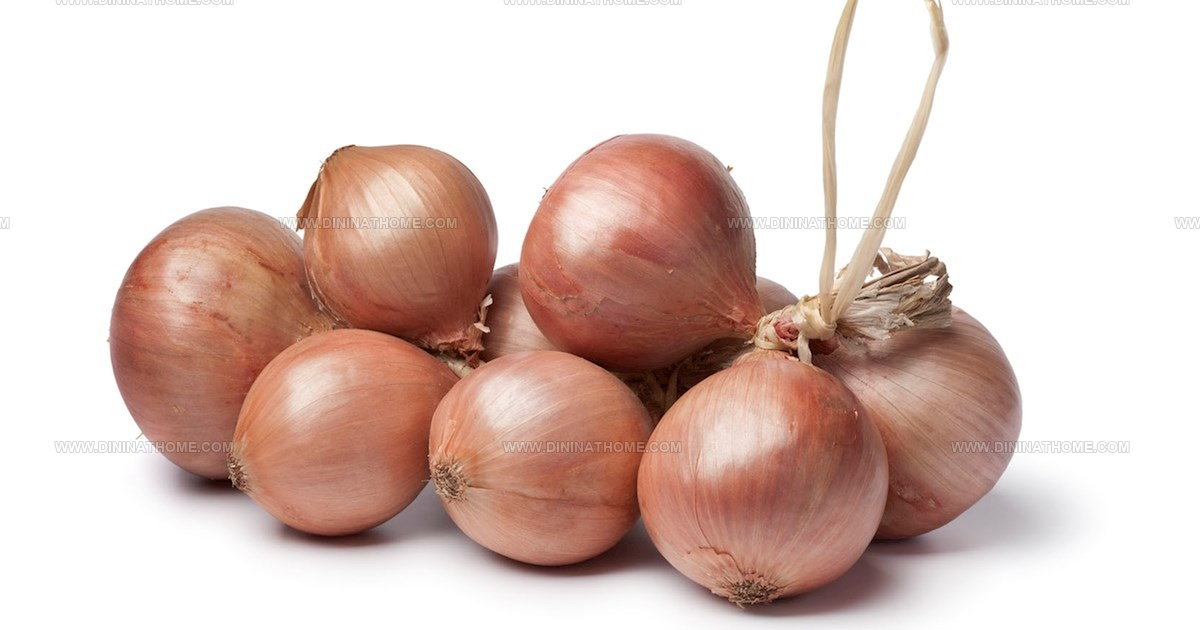
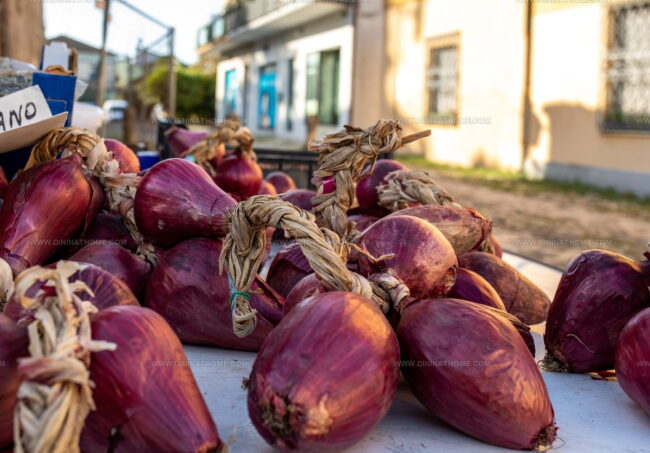
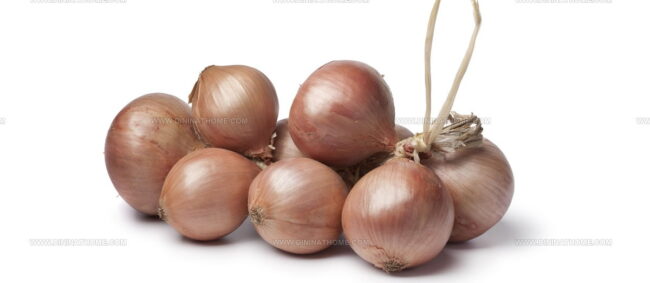
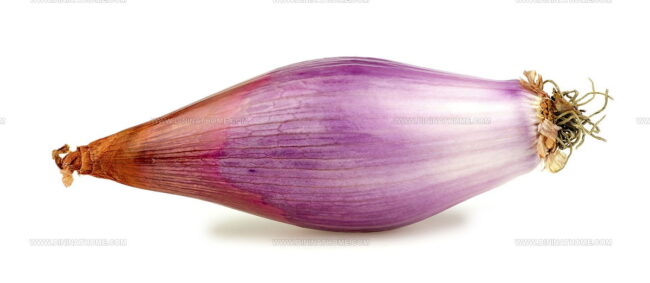
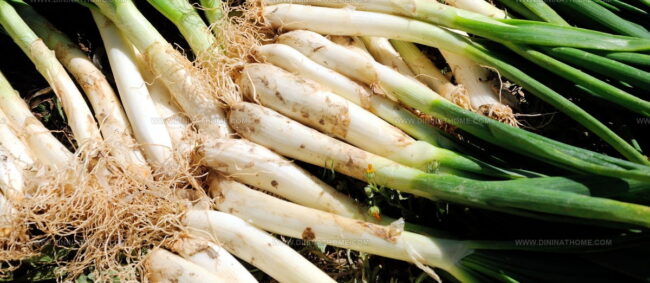
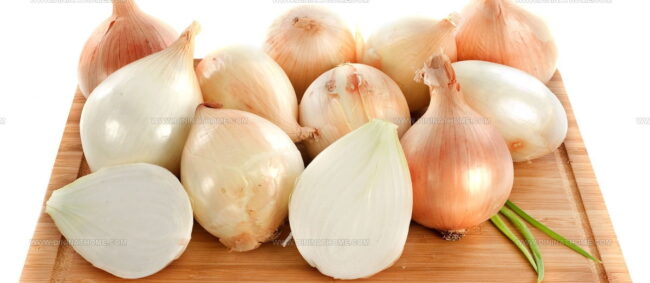
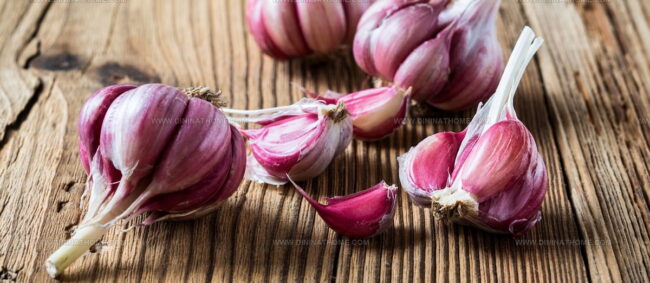
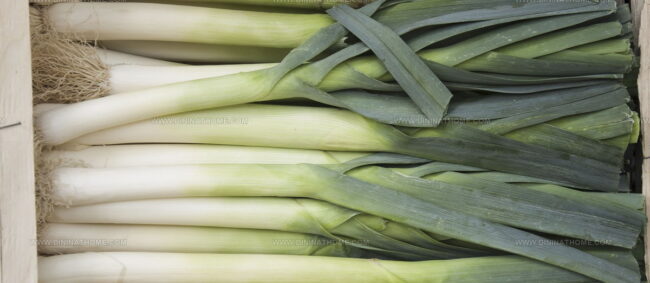
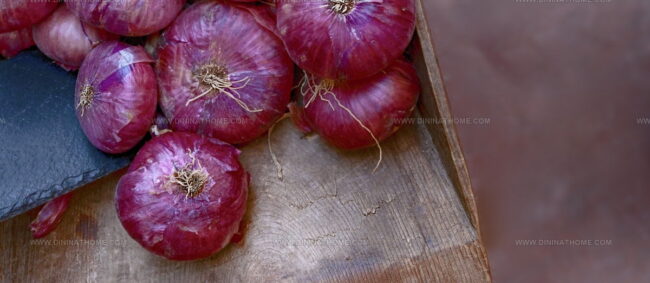
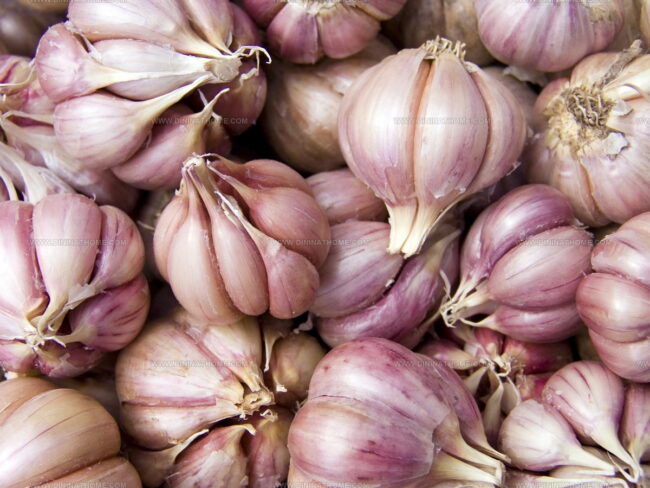
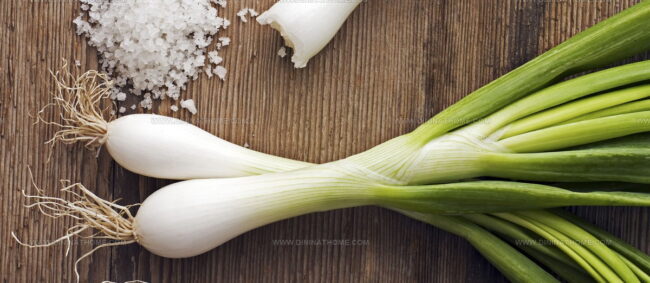
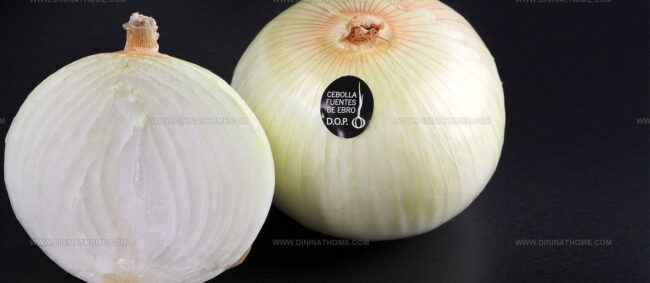
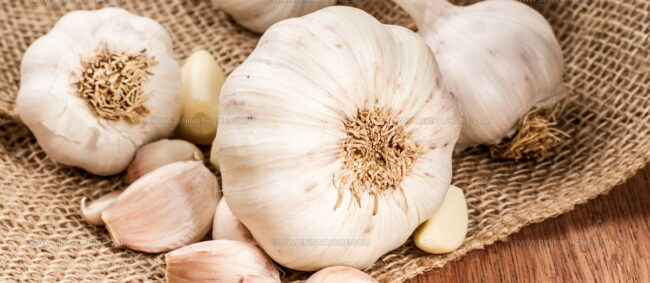
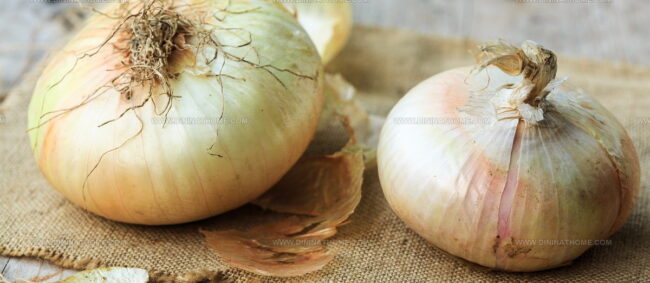
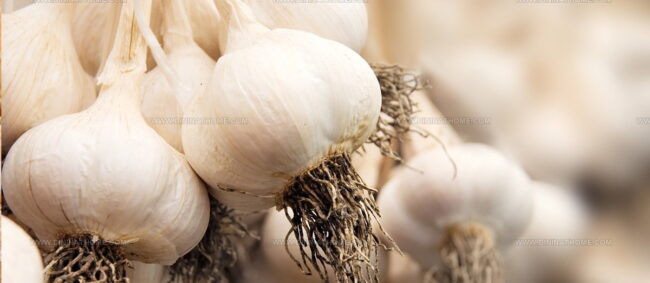
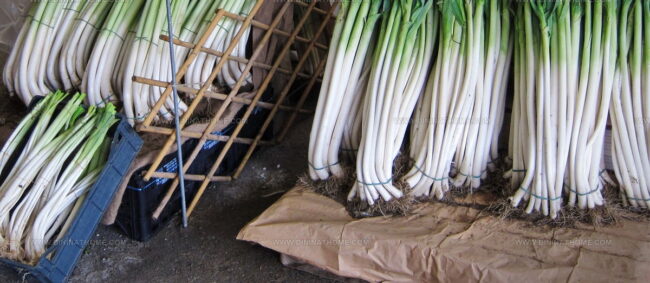
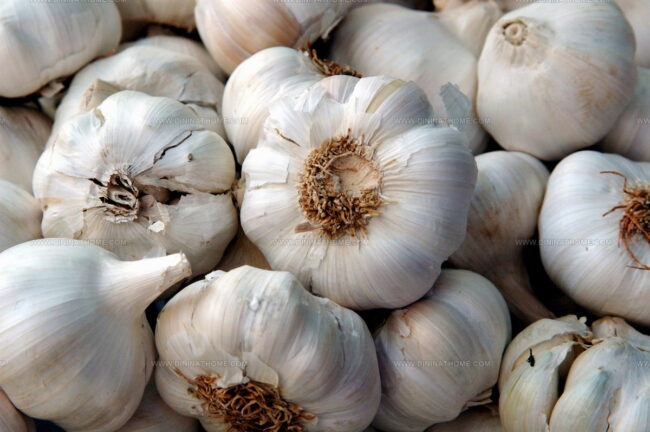
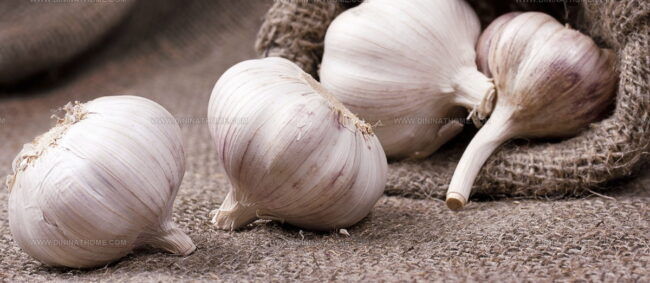
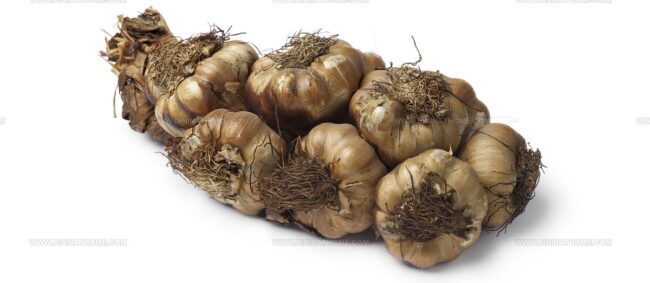
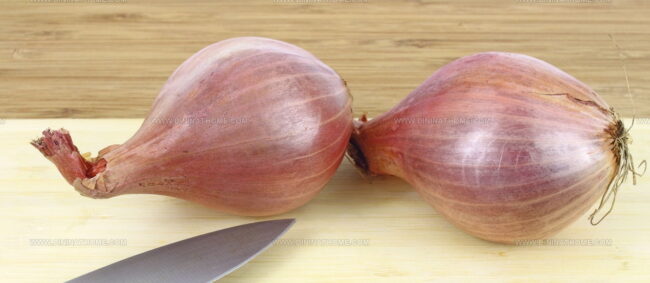
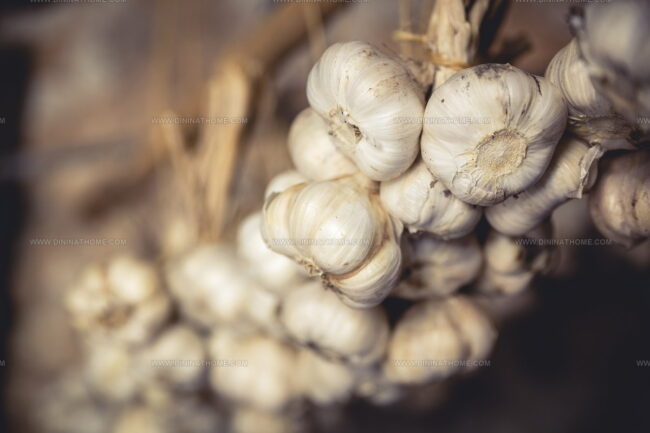
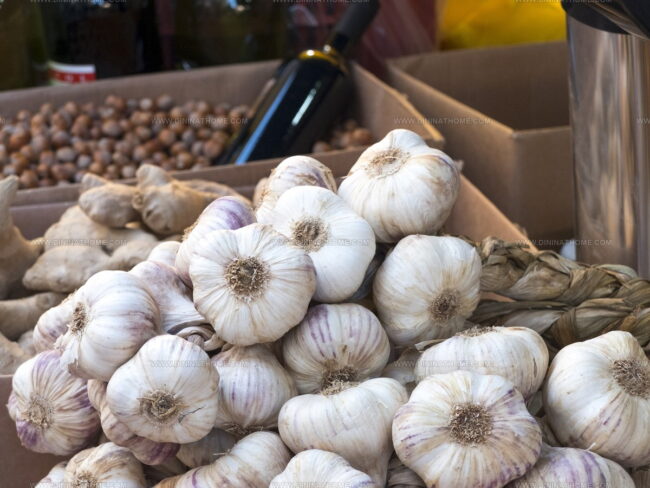
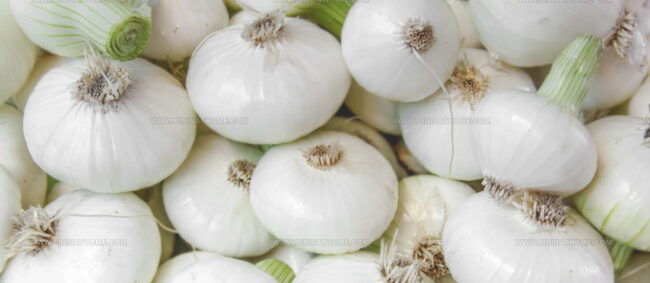
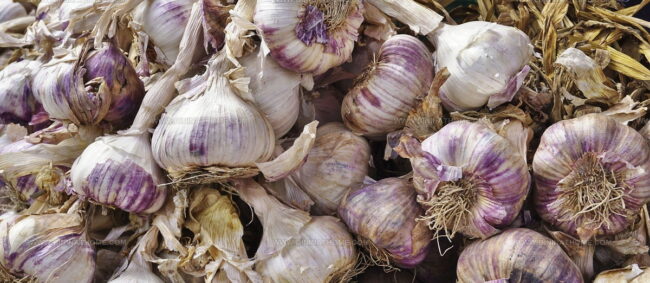
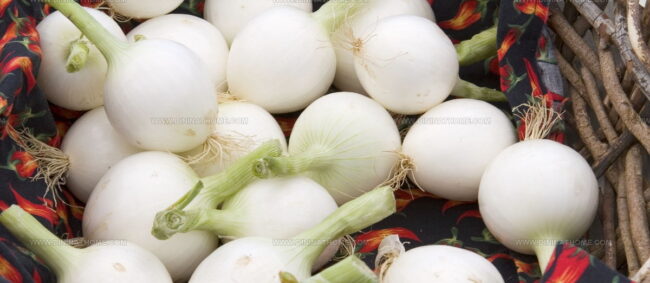
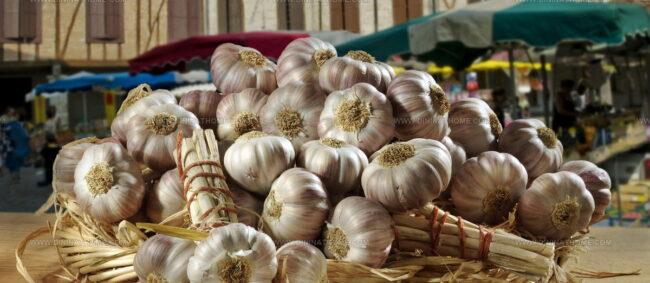
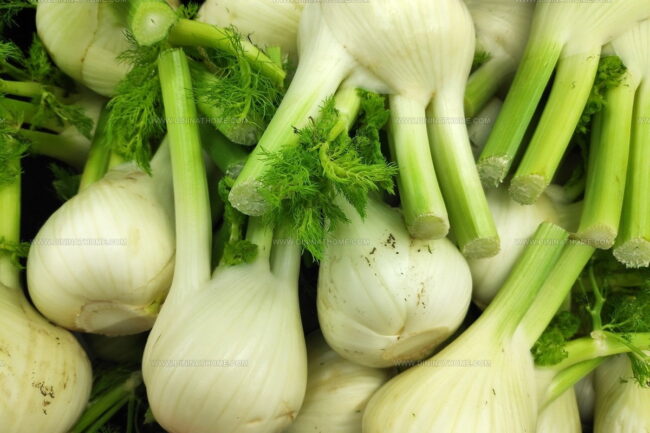
Emily Harper
Nutrition Consultant & Recipe Analyst
Expertise
Healthy Recipe Modification, Nutritional Analysis & Meal Planning, Global Cuisine & Dietary Adaptations
Education
School: French Pastry School, Chicago, IL
Program: L’Art de la Pâtisserie
Focus: Intensive training in traditional French pastry techniques, baking theory, and confectionery arts.
Emily’s journey started in a pastry kitchen but took a detour into the world of health and flavor science.
Graduating from the French Pastry School and studying nutrition opened her eyes to a new mission: making healthy food taste like something you’d actually crave.
At Dining At Home, Emily’s the go-to for smart, feel-good recipes that don’t trade flavor for nutrition.
She’s all about adding a fresh spin on old favorites and finding small ways to make everyday meals a little brighter.
Outside of the kitchen, Emily is most at home walking forest trails, testing plant-based recipes, or sharing a picnic under a wide-open sky.